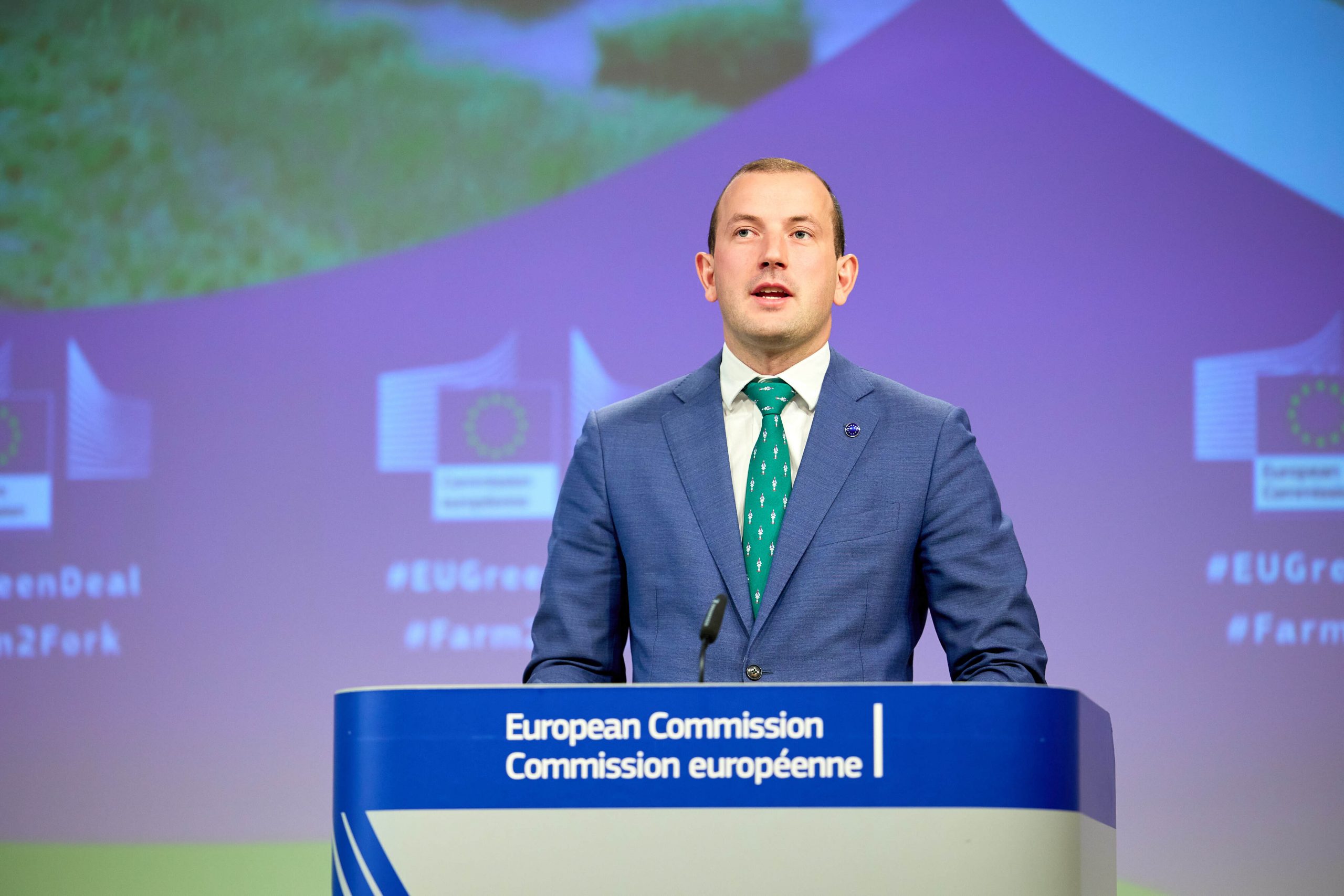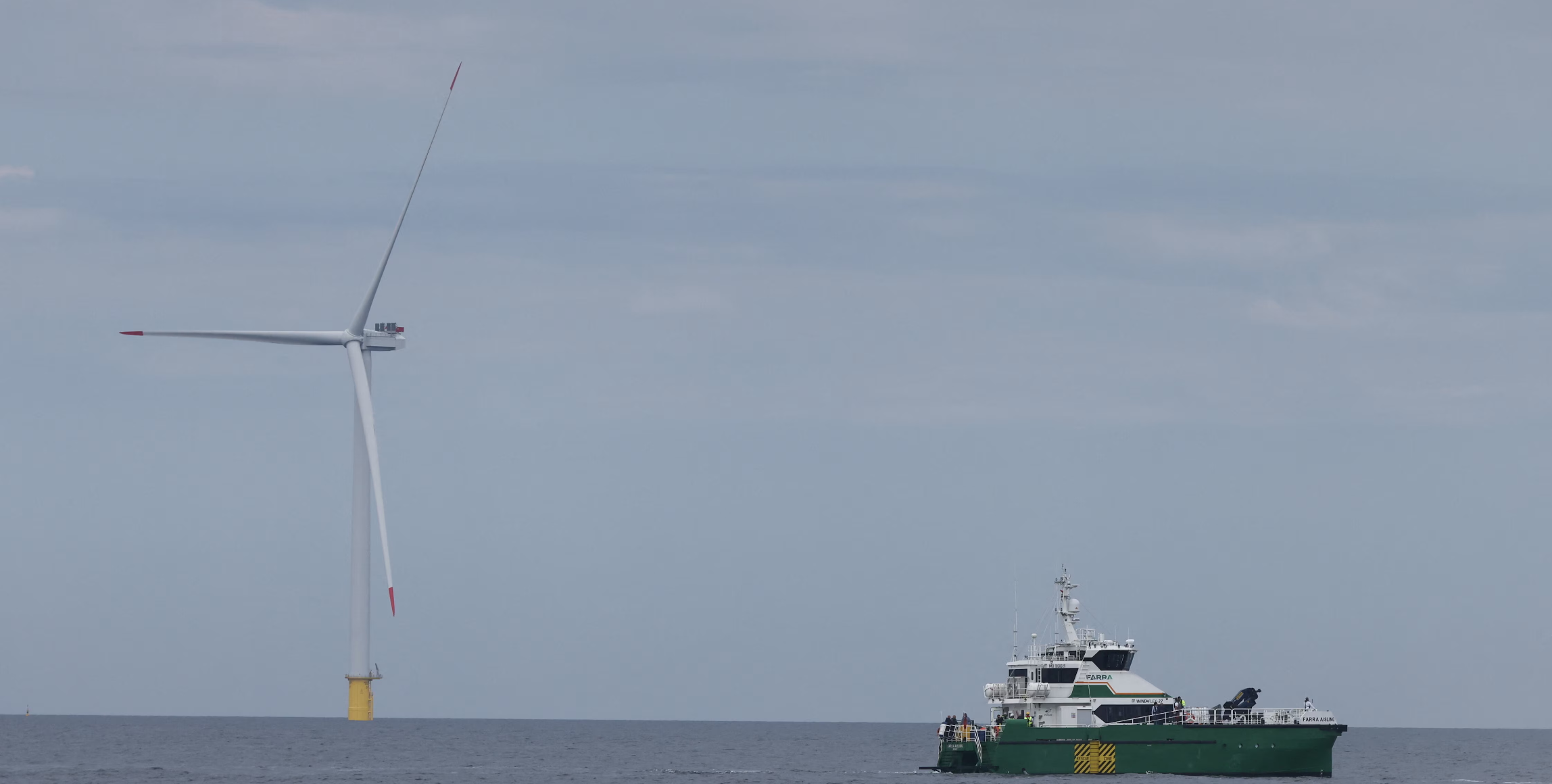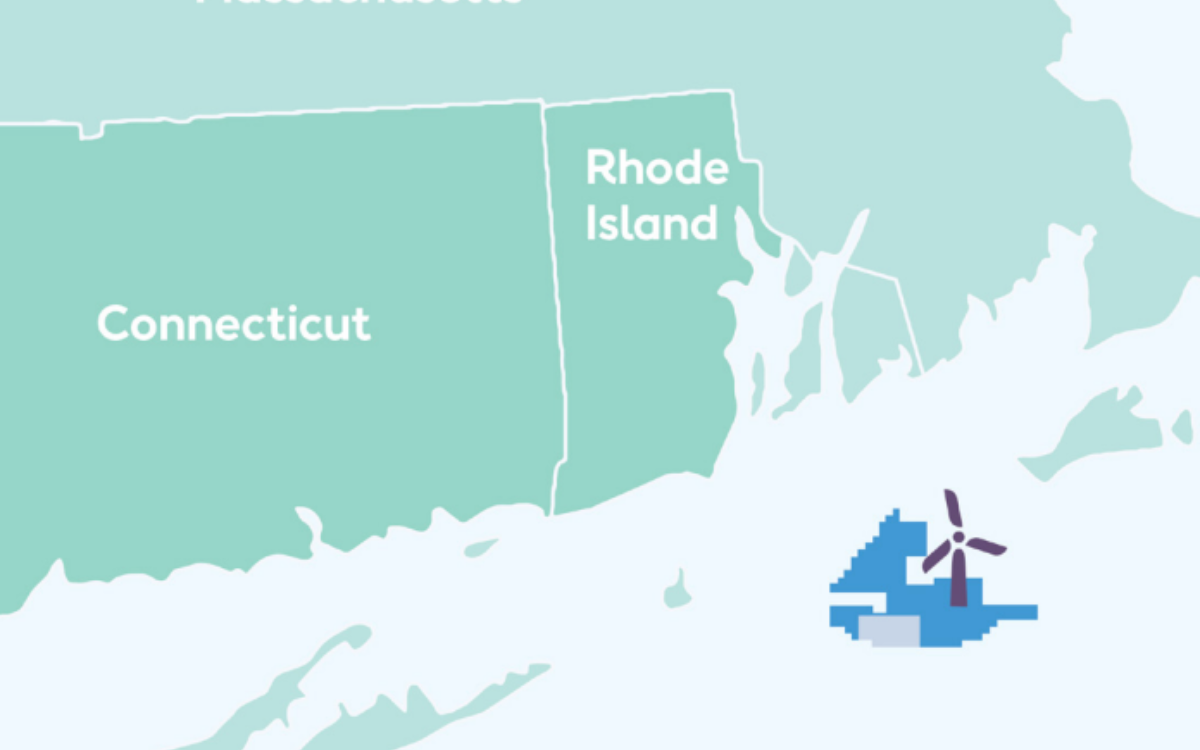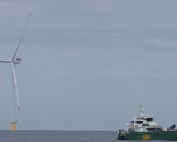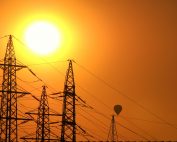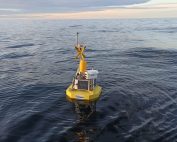Paweł Wróbel: The Nature Restoration Law will set restoration targets and obligations across a broad range of ecosystems at land and sea in the EU. How is this to work in practice for marine areas?
Virginijus Sinkevičius, Commissioner for Environment, Oceans and Fisheries: The proposal includes targets on marine ecosystems. We will be looking in particular at important fish spawning and nursery habitats, habitats of iconic marine species such as dolphins, sharks and seabirds, as well as habitats that deliver significant benefits for climate change mitigation such as seagrasses or sediment bottoms. Restoring marine ecosystems will allow fish stocks to recover, providing economic and social benefits from increased catch to fishers.
Restoring the habitats of species will require both restoring seabed habitats – their own feeding grounds – and restoring the larger areas of water column they use in their lifetime, including for migration. Essentially, this is done by reducing certain pressures that affect the habitat quality, such as underwater noise, pollution and contaminants. For this, Member States can rely on the methodologies and measures established under the Marine Strategy Framework Directive.
The most widespread environmental impact on seabed habitats comes from bottom-contacting fishing gear. In practice, over 95% of all physical disturbance to the seabed is from bottom trawling, an activity which occurs across 85% of the fishable areas of EU waters. In addition to detailed and measurable targets for the restoration of seabed habitats under the Nature Restoration Law, the upcoming Commission’s Action plan for conserving fisheries resources and protecting marine ecosystems will further develop this approach.
What are the specific challenges of restoring damaged ecosystems in the Baltic Sea area?
The deterioration of biodiversity in the Baltic Sea is a result of pressures from various human activities, which are further exacerbated by climate change. Most species of fish, birds and marine mammals as well as the habitats in the Baltic Sea are currently in an unhealthy state. Almost 100 species are in danger of becoming regionally extinct. This affects the health of the fish stocks but also the health of the coastal communities that depend on them.
Eutrophication remains a major environmental threat to the Baltic Sea and affects the entire ecosystem. Because of it, large areas of the Baltic Sea become unable to sustain marine life (‘dead zones’). Eutrophication is caused by an excessive input of nutrients to the water, originating mostly from agriculture.
The Baltic Sea also remains heavily impacted by hazardous substances and marine litter. Both originate from a wide range of human activities on land and at sea: industry, recreational or tourism activities, and accidental or intentional discharge of waste.
The HELCOM Baltic Sea Action Plan, adopted in October 2021 provides concrete action to address these issues by restoring and ensuring proper conservation of biodiversity of the Baltic Sea. In particular, it aims at developing effectively managed and ecologically coherent network of marine protected areas, minimising disturbance of species, their habitats and migration routes from human activities and reducing human pressures that lead to imbalance in the food web.
All Baltic countries must now raise their political ambitions and implement this action plan. This means setting concrete political targets and binding measures to reduce eutrophication, overfishing and which steer towards net zero pollution and environmentally sustainable sea-based activities. This also means reaching cross-sectoral political support to implement the plan, ensuring the plan is financially resourced, and translating it into national policies and strategies for all relevant sectors to adapt.
It’s a challenge, but it can be done when everybody pull together.
Biodiversity is becoming one of the key topics for offshore investors. How might the proposed Nature Restoration Law affect offshore wind investments in the EU?
To fight the climate crisis, restoring marine ecosystems is as important as developing renewable energy. These two activities do not have to exclude each other.
As set out in the Biodiversity Strategy, we prioritise and foster win-win solutions that allow a recovery of nature while expanding renewable energy solutions at the same time. For example, ocean energy, including strategically planned offshore wind farms, which also allows for fish stock recovery or recovery of seabed habitats by removing other pressures, such as fishing. Other win-win examples include piping connecting to the mainland that include structures that allow for fish shelters.
It is estimated that only 3-4% of marine area is needed for development of offshore renewables, and not all developments will have a negative impact on ecosystems. Offshore wind farms may qualify as additional protected areas (“Other effective area-based conservation measures under an UN definition) where conservation is achieved mainly as a by-product of other management. Such areas can play a significant role in the conservation and restoration of marine biodiversity. The Commission has published a guidance on how these areas can count towards the EU biodiversity protection target.
It will be for the Member States to decide exactly where to place their restoration measures as part of their National Restoration Plans, taking into account links with climate change mitigation, climate change adaptation and disaster prevention. To support Member States in identifying go-to areas for the rapid deployment of new installations for the production of energy from wind and solar renewable sources, we now have a digital tool that helps keep energy, industry and environmental concerns in mind when planning projects.
Given the huge scale of offshore wind investment that is planned in the EU whether and what should be the role of offshore investors in achieving the goals of repairing damage done to Europe’s nature by 2050?
Fast deployment of renewables should not come at the expense of our environment. We need both energy autonomy and healthy nature to be resilient to future shocks and the impacts of climate change. Long-term strategic planning and integrated approaches are needed to ensure that renewable energies are not expanded at the cost to nature and biodiversity.
Offshore investors could contribute to fostering win-win solutions and ensure sustainable sea-based activities by, for example, committing to put into practice the “zero-discharge” principle in respect of all chemicals and substances used and produced during the operation of offshore platforms. Investors could also take action in developing mitigation measures for the continuous underwater noise generated by offshore wind farms.
What in your opinion is the top priority in terms of ensuring that industry moves to cleaner energy while also protecting the environment and achieving the goal of carbon neutrality by 2050?
Industry can become a transformative force, and a key driver in the fight against climate change. On the one hand, it’s causing the problem, burning carbon and using up resources. But on the other, it’s where we’ll find the solutions.
The top priority has to be making circularity the industrial norm. This will get our relationship with nature back in balance. This means applying circularity to sourcing materials, designing products for reuse, creating circular business models, rationalising operations, building more localised supply chains and making the most out of industrial waste.
If we continue consuming resources at the current rate, material consumption and waste generation will increase dramatically, and by 2050 we will be consuming the equivalent of three planet Earths every year. So there’s an obvious need to reduce consumption of virgin natural resources.
The waste from energy infrastructure is expected to grow up to 30-fold over the next 10 years. This waste is often rich in resources, with rare earth elements and valuable materials such as steel and copper. So there are significant opportunities to recycling metals and other valuable resources back into production systems, avoiding the use of raw materials.
It’s good business sense, so it’s easy to see it becoming a priority for more and more companies. And now with the energy crisis, it also increases our strategic autonomy and makes Europe less dependent on imports from Russia.
